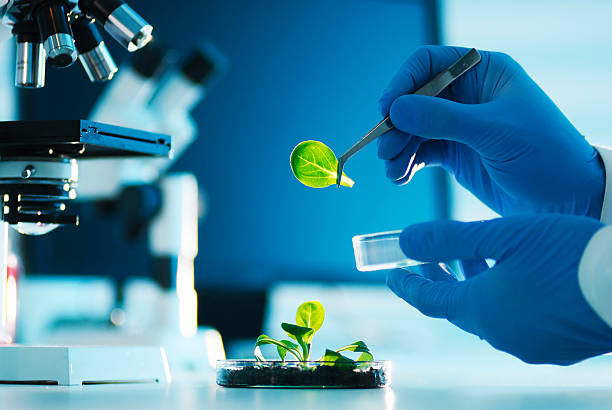AP Biology: Mastering Cellular Respiration Concepts

Cellular respiration is a fundamental process in AP Biology, wherein cells convert nutrients into energy through a series of biochemical reactions. To master the concepts of cellular respiration, it's essential to understand the following key points:
1. Overview of Cellular Respiration:
- Cellular respiration is a process by which cells break down glucose and other organic molecules to produce ATP, the primary energy currency of cells.
- It occurs in three main stages: glycolysis, the citric acid cycle (Krebs cycle), and oxidative phosphorylation (electron transport chain).
2. Glycolysis:
- Occurs in the cytoplasm and does not require oxygen.
- Glucose is split into two molecules of pyruvate.
- A net gain of 2 ATP and 2 NADH molecules is produced.
- Pyruvate can be further metabolized aerobically or anaerobically.
3. Citric Acid Cycle (Krebs Cycle):
- Occurs in the mitochondrial matrix.
- Acetyl CoA is combined with oxaloacetate to form citrate, which is then metabolized to produce NADH, FADH2, and ATP.
- Completes the oxidation of glucose to CO2.
- Each cycle produces 1 ATP, 3 NADH, and 1 FADH2.
4. Oxidative Phosphorylation (Electron Transport Chain):
- Occurs in the inner mitochondrial membrane.
- Electrons from NADH and FADH2 are passed through a series of protein complexes (electron transport chain).
- The energy released pumps protons (H+) across the membrane, establishing an electrochemical gradient.
- Protons flow back through ATP synthase, driving ATP synthesis.
- Oxygen is the final electron acceptor, forming water.
5. Regulation of Cellular Respiration:
- Enzymes play a key role in regulating the steps of cellular respiration.
- ATP acts as a feedback inhibitor, negatively regulating enzymes in glycolysis and the citric acid cycle.
- NADH and FADH2 act as electron carriers and are essential for the proper functioning of the electron transport chain.
6. Cellular Respiration and ATP Production:
- The primary purpose of cellular respiration is to produce ATP, the cell's energy currency.
- Each molecule of glucose yields a net of approximately 30-32 ATP molecules.
- The efficiency of ATP production varies among organisms and depends on environmental conditions.
Conclusion:
Mastering the concepts of cellular respiration in AP Biology involves understanding the stages of the process, the molecules involved, and the regulation and efficiency of ATP production. By grasping these fundamental principles, students can gain a deeper understanding of how cells generate energy and the essential role of cellular respiration in biological systems.




